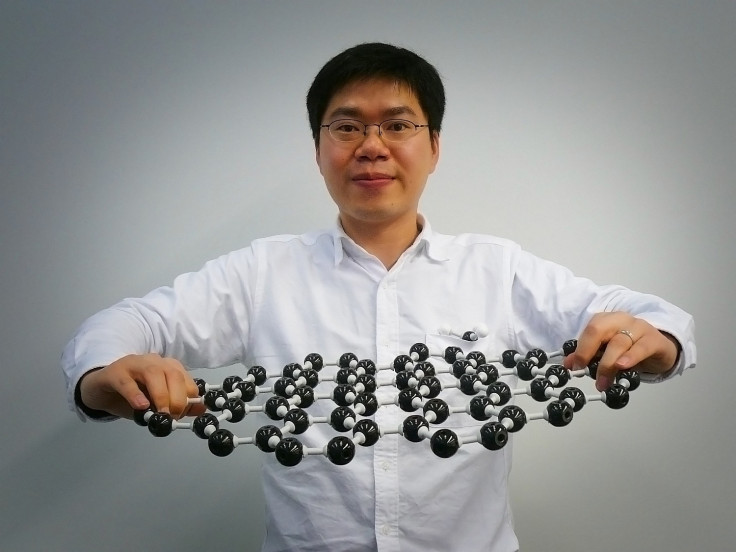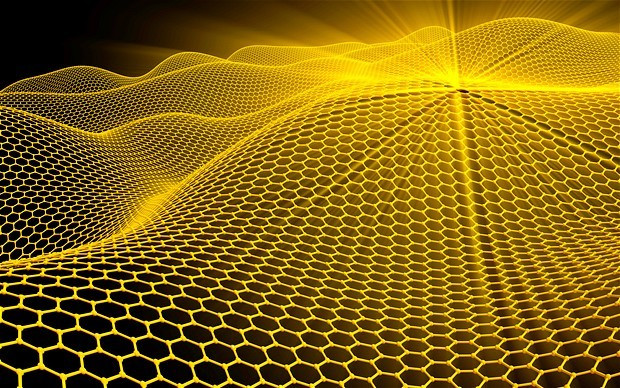Graphene production technique makes revolutionary 'wonder material' 1,000-times cheaper

A PhD student in the Netherlands has demonstrated a technique that could cut the cost of producing graphene by a factor of a thousand, opening up the real-world potential of the so-called "wonder material".
Shou-En Zhu from the Delft University of Technology described in his thesis how chemical vapour deposition of methane on a copper sheet can create graphene crystals that align together to form an "endless sheet" of pure graphene.
Since being discovered in 2003 by scientists at the University of Manchester, graphene has held the possibility of revolutionising the electronics industry. However, attempts to mass-produce the one-atom thick material have proved notoriously difficult.
What is graphene?
Graphene is a one-atom-thick material made of carbon atoms arranged in a honeycomb lattice that is 200-times stronger than steel, more conductive than copper and as flexible as rubber.
It has been touted as a "wonder material" by scientists for its remarkable properties and vast range of uses, which include everything from flexible smartphone screens, to artificial retinas.
If developed successfully, Zhu's technique could overcome three of the biggest obstacles in commercialising graphene: Cost, production time and scalability.
"Although enormous amounts of efforts have been devoted to graphene research, there is still a large gap between academia and industry," Zhu wrote in his PhD thesis. "How to cross the valley of death from research to business is still an open question."

Previous methods to isolate graphene have included using sticky tape on the nib of a pencil, and mixing graphite powder with washing-up liquid inside a kitchen blender.
Using a low-pressure mix of hydrogen, methane and argon, Zhu separated carbon atoms to form a sheet of graphene by passing the gas over a copper sheet at a temperature of 1,000 degrees celcius.
The method of chemical vapour deposition is around 10-times quicker than previous deposition methods, and could also be around 1,000-times less expensive in the near future.
"Now a single piece of graphene costs about €1,000," Zhu said. "We expect to reduce the price by a factor of a thousand to about €1 per piece in a few years. I want to make graphene real and bring it into daily life. Bring it into products anyone can touch."
Zhu is set to defend his PhD thesis, Chemical Vapour Deposition of Graphene, a Route to Device Integration, on 3 March.
© Copyright IBTimes 2025. All rights reserved.






















